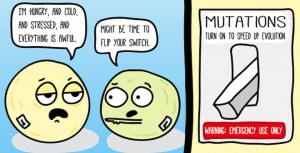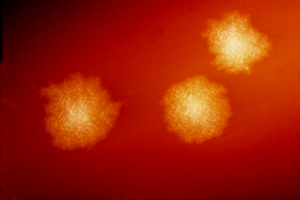I remember in one of our class discussions, lactose intolerance came up and I thought that a change in the lactase (the enzyme that breaks down lactose or milk sugar) gene made it possible for expression after weaning. This meant that individuals could digest milk and other dairy products and supplement their diet with other sources of calcium and vitamin D. To me, that seemed a completely sufficient explanation for why the new allele for lactase was selected as advantageous. After all, we’re all told to drink milk to build strong bones, so why wouldn’t the same apply to early shepherds. This explanation is known as the “Calcium Assimilation Hypothesis.”
We need vitamin D to absorb calcium. That vitamin D can come from one’s diet or come from sunlight. So in geographic regions of less sunlight, there is a greater need for a diet containing vitamin D than say in equatorial regions. In other words, the Calcium Assimilation Hypothesis really only holds for northern European populations.
From here on out, I think it’s important to consider lactose intolerance as more than the digestion of milk, or more specifically lactose, but as an evolutionary culmination of culture, geography, and sunlight.


